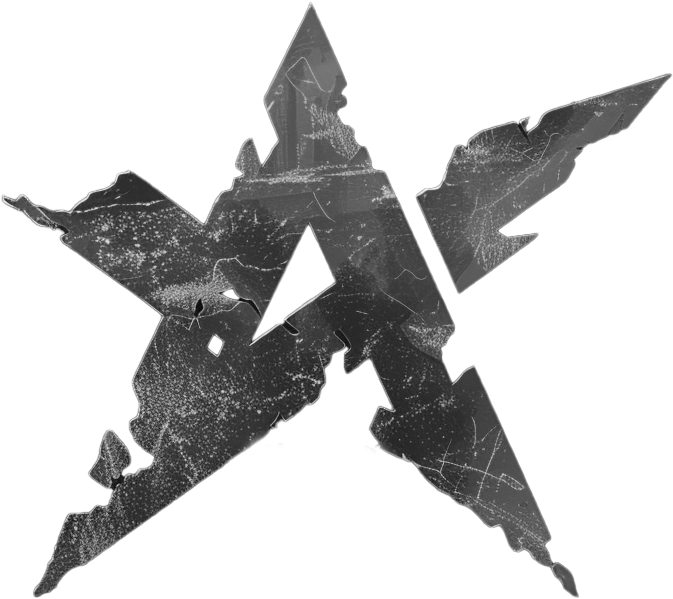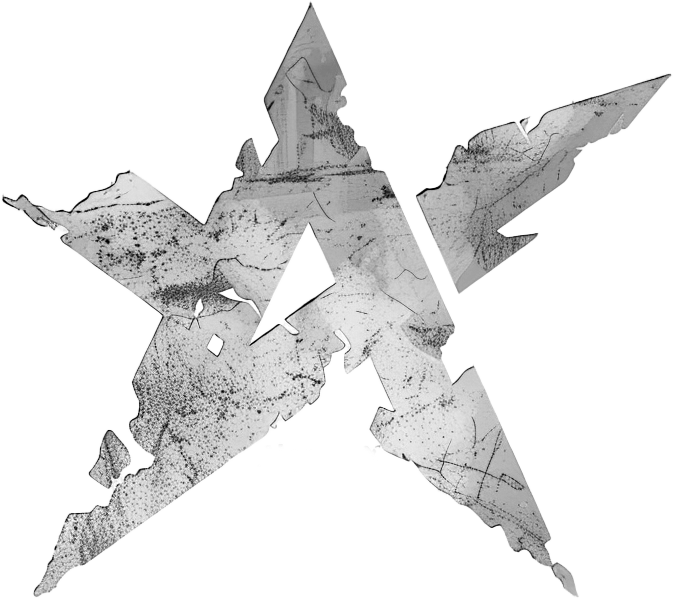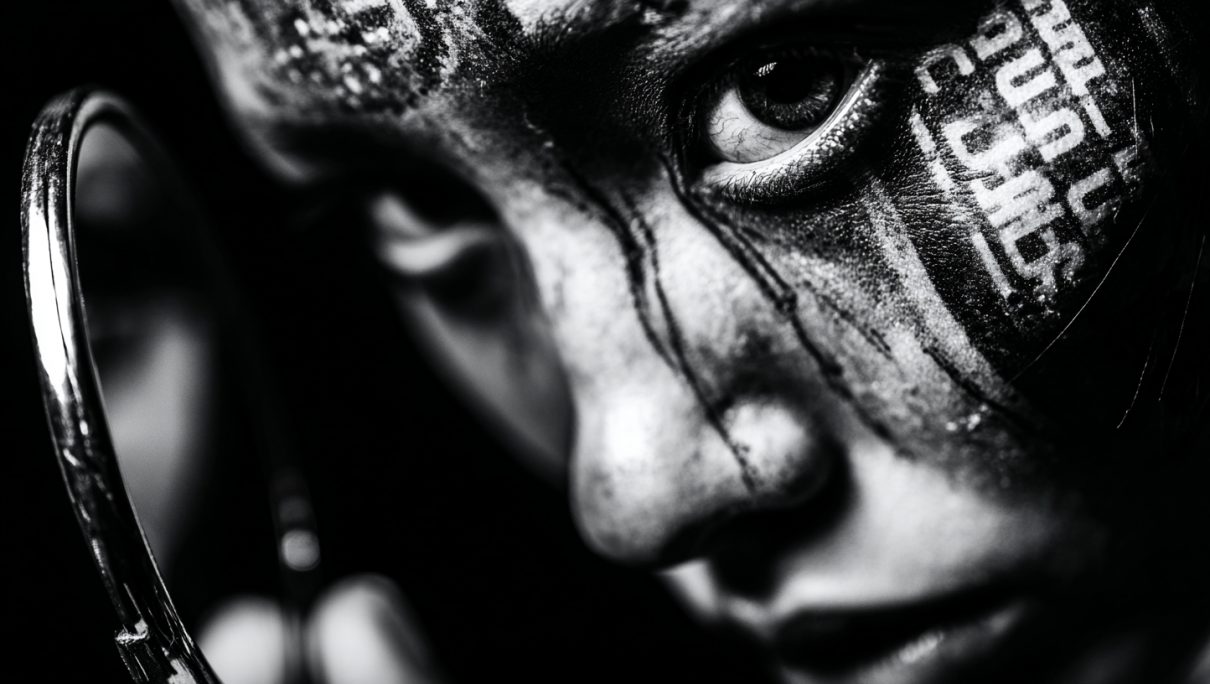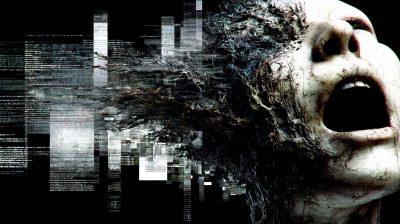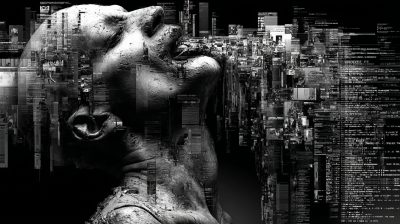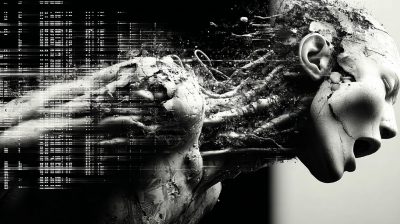Beyond the Mirror: Why Our Obsession with Photorealism Might Be Holding Back AI’s True Creative Potential
We stand at a remarkable moment in human history. Artificial intelligence, specifically generative models, can conjure images of staggering detail and apparent authenticity. A dew-kissed rose, a weathered face, a bustling cityscape at dusk – rendered with such precision they often fool the human eye. This achievement, photorealism and hyperrealism, is undeniably impressive, a testament to the raw computational power and sophisticated algorithms we’ve developed. But a crucial question arises: Is this relentless pursuit of mirroring reality the ultimate goal, or are we inadvertently building a gilded cage for our digital imagination?
The Allure of the Real (and Hyper-Real):
There are undeniable reasons for our fixation:
-
The Benchmark of Mastery: Achieving photorealism is a clear, measurable technical milestone. It demonstrates the model’s ability to understand and replicate the complex interplay of light, texture, perspective, and physics that define our visual world. It’s a validation of the technology’s power.
-
Practical Utility: Hyperrealism has immense practical value. Product visualization, architectural rendering, medical imaging simulations, historical recreations, and even certain film VFX rely heavily on indistinguishable realism. It solves concrete problems effectively.
-
Familiarity & Comfort: Humans are wired to understand and trust the familiar. Photorealistic images are immediately comprehensible, evoking specific emotions and associations grounded in our shared reality. They feel „solid“ and believable.
-
The „Wow“ Factor: There’s an undeniable shock and awe in seeing a machine produce something indistinguishable from a photograph. It feels like magic, pushing the boundaries of what we thought possible.
The Case for Phantasm: Where the Sky Isn’t the Limit, It’s the Starting Point:
This is where the user’s point resonates powerfully. If our tools are now capable of replicating reality with such fidelity, shouldn’t the next evolutionary leap be into the uncharted territories of pure imagination – true „phantasm“?
-
Beyond Mimicry to Genesis: Photorealism, at its core, is about replication. Phantasm is about invention. It demands AI not just reassemble known elements, but synthesize entirely novel concepts, forms, textures, and visual languages that have no direct counterpart in our physical world. Imagine landscapes built from solidified sound, creatures embodying abstract emotions, or architectures defying not just gravity, but conventional geometry itself.
-
Unlocking Unprecedented Creativity: The true potential of AI isn’t just to automate what humans already do, but to augment and expand human creativity into realms we can’t conceive alone. Phantasm offers artists, designers, and thinkers entirely new visual palettes and conceptual playgrounds, fostering innovation in art, design, storytelling, and even scientific hypothesis generation.
-
Evolving Visual Language: Just as photography freed painting from the burden of pure representation, AI phantasm could liberate visual culture. We could move beyond variations on reality towards establishing entirely new aesthetic paradigms and visual experiences. Why be bound by the physics of light when we can create visuals governed by the logic of dreams, emotions, or pure mathematical elegance?
-
The Challenge of the Truly New: Generating compelling, coherent phantasm is arguably a harder problem than photorealism. It requires models to develop a deeper, more abstract understanding of concepts, relationships, aesthetics, and narrative logic, rather than just pixel-level pattern matching. It demands a leap from recognition to invention.
Why Aren’t We There Yet? The Hurdles to Pure Imagination:
-
The Data Dilemma: Current models are trained on vast datasets of real-world images and text describing reality. True phantasm requires training on (or developing methods to generate) descriptions and concepts of the profoundly unreal in ways that are coherent and learnable.
-
Defining the Undefined: How do you instruct a model to create something „utterly beyond reality“ in a way it understands? Our language and prompts are still deeply rooted in the real. We lack the vocabulary and frameworks to consistently guide AI towards pure novelty.
-
The Coherence Challenge: Generating random weirdness is easy. Generating phantasm that is internally consistent, visually compelling, and evokes meaning or emotion is immensely difficult. It requires AI to understand abstract narrative and aesthetic principles at a fundamental level.
-
Cultural Comfort Zone: We are still collectively marveling at and utilizing photorealism. The market demand and established workflows heavily favor it. Pushing into pure phantasm requires pioneers willing to explore the commercially uncertain and technically challenging.
The Path Forward: A Spectrum, Not a Choice
The answer isn’t to abandon photorealism, but to consciously push the boundaries beyond it. We need:
-
Intentional Exploration: Researchers and developers must prioritize R&D into models specifically designed for abstract concept generation and novel synthesis, not just replication.
-
New Training Paradigms: Experimenting with synthetic datasets describing impossible scenarios, incorporating principles from abstract art and design theory, and developing ways to train on „imagination prompts.“
-
Artist-AI Collaboration: Empowering artists with tools that don’t just replicate their ideas but actively suggest unexpected, unreal avenues, becoming true creative partners in exploring phantasm.
-
Embracing the „Uncanny Valley“ of Imagination: Accepting that early attempts might be strange or incoherent, but seeing them as necessary steps on the path to mastering pure invention.
Conclusion: The Canvas of the Impossible
Photorealism was a necessary and incredible first act. It proved the machine’s ability to see and replicate our world. But the true promise of generative AI lies not in holding up a perfect mirror, but in opening a window to universes unseen. Phantasm isn’t just a stylistic choice; it’s the frontier of machine creativity. By daring to move beyond the hyperreal, beyond the constraints of the known physical world, we challenge our tools and ourselves to evolve. We step onto a canvas where the sky isn’t the limit – it’s the raw material. The incredible evolution the user calls for isn’t just desirable; it’s essential if we are to unlock the full, awe-inspiring potential of artificial imagination. The challenge now is not just to replicate the world, but to dream up entirely new ones. Let’s embrace the phantasm.
